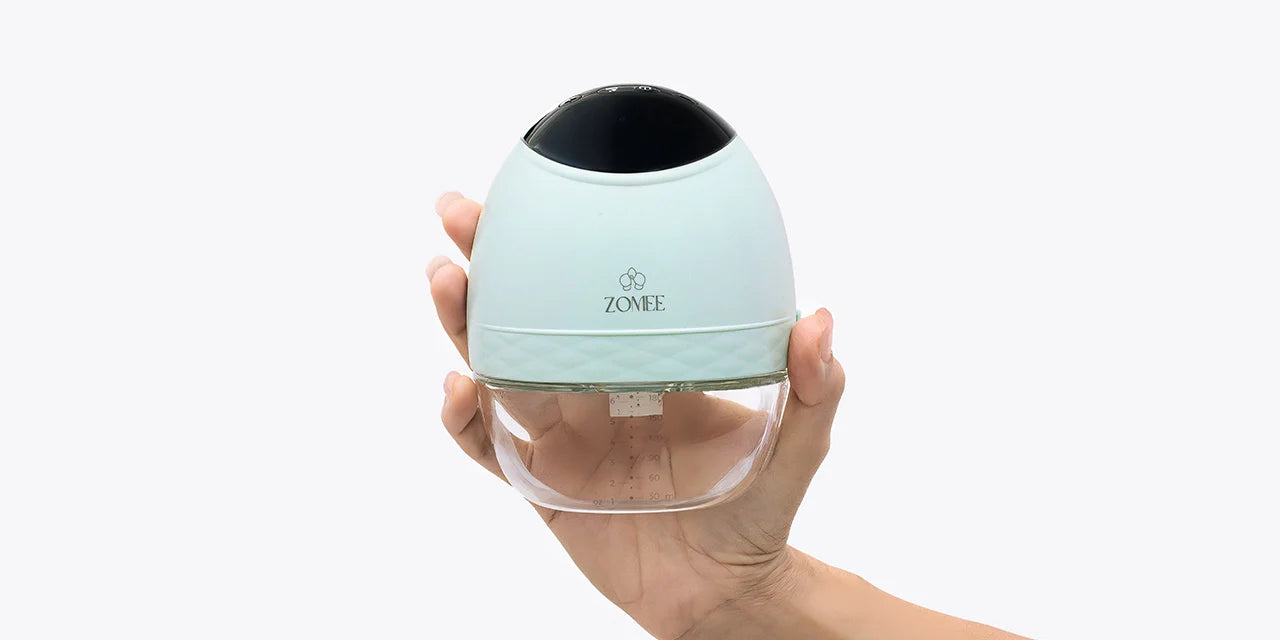הנחיות לאחסון חלב אם
אחסון חלב אם כראוי הוא חיוני כדי להבטיח שהוא יישאר בטוח ומזין עבור תינוקך. בעקבות ההנחיות של ה-CDC ו-AAP, יועצת ההנקה אנה קוגן MA, RN, CBS, חולקת טיפים חשובים כיצד לטפל ולאחסן חלב אם ביעילות.
אחסון חלב שאוב טרי
לאחר השאיבה, ניתן להשאיר חלב אם טרי בטמפרטורת החדר (עד 77°F או 25°C) למשך עד 4 שעות. אם תינוקך לא מסיים את הבקבוק, אתה יכול להשתמש בחלב שנותר תוך שעתיים, או לחילופין, אתה יכול להשתמש בו לאמבטיה של תינוק.
מקרר חלב אם
כאשר מאחסנים חלב אם במקרר, ודא שהוא ממוקם מאחור היכן שהטמפרטורה היא העקבית ביותר. ניתן לשמור חלב אם במקרר עד 4 ימים. עדיף להשתמש או להקפיא את החלב בתוך פרק זמן זה כדי לשמור על איכותו ועל ערכו התזונתי.
הקפאת חלב אם
לאחסון ארוך יותר, הקפיא את חלב האם שלך בהקדם האפשרי לאחר השאיבה. הקפאה משמרת את התאים החיים ושאר מרכיבי החלב. ניתן לאחסן חלב אם במקפיא (0°F או -18°C) למשך 6 עד 12 חודשים, אם כי עדיף להשתמש בו תוך 6 חודשים לאיכות מיטבית. בעת הפשרת חלב קפוא, הניחו אותו במים חמים והשתמשו בו תוך שעתיים לאחר ההפשרה.
הפשרה ושימוש חוזר בחלב אם
כאשר אתה מפשיר חלב אם, אתה יכול להשתמש בו תוך 24 שעות אם מאוחסנים במקרר. אם עדיין קיימים גבישי קרח, ניתן להקפיא את החלב מחדש. עם זאת, לאחר הפשרה מלאה, אין להקפיא אותו מחדש. תמיד להפשיר חלב במקרר או בקערת מים חמימים, לעולם לא בטמפרטורת החדר.
טיפים מעשיים לאחסון חלב
- תיוג: תמיד סמן את מיכלי חלב האם שלך עם התאריך והשעה של הביטוי כדי לעקוב אחר טריותו.
- מיכלי אחסון: השתמשו בבקבוקי פלסטיק ללא BPA, במיכלי זכוכית או בשקיות לאחסון חלב אם שתוכננו במיוחד להקפאה.
- הימנע ממילוי יתר: השאר מעט מקום בחלק העליון של המיכל כדי לאפשר לחלב להתרחב כשהוא קופא.
- הפשרה: הפשרה של חלב במקרר או במים חמימים, לעולם אל תשתמש במיקרוגל, מכיוון שהוא עלול ליצור נקודות חמות ולהרוס חומרים מזינים מועילים.
ייעוץ מומחה מאנה קוגן
Anna Kogan MA, RN, CBS, מספקת תובנות וטיפים חשובים לגבי אחסון חלב אם כדי להבטיח שהתינוק שלך יקבל את התזונה הטובה ביותר שאפשר. עקבו אחריה באינסטגרם לקבלת עצות נוספות של מומחים בנושא הריון, טיפול לאחר לידה והנקה.
צפו בפוסט הזה באינסטגרם




